My wife and I have been visiting the English County of Dorset for the past five years for our annual late August holiday. We base ourselves in and around the Swanage area, this year choosing to stay at the little village of Worth Matravers. A fantastic location and a great area for bird migration. I remember well, the arrival of the first twitchable Red-flanked Bluetail many years ago in the Winspit Valley at Worth Matravers. What a day that was!!
During this years visit to Dorset, I experienced a real learning curve in bird identification and at the same time, I also learnt a very important lesson – let me explain.
On 2nd September 2013, we decided to spend the day on Brownsea Island, looking for the famous Red Squirrels. Having been here once or twice in previous years, we have never been able to find them. I guess the height of summer is not the best time to view these elusive animals. After our arrival onto the island we set off on a circular walk that took in some useful Squirrel habitat. The day was bright sunny and very warm and not at all a typical September day. We finished our walk with no success of Red Squirrel, so decide to head off to the Bird Hides on the Dorset Wild Life Reserve.
We arrived at Low Hide (which was incredibly hot and humid inside) and I settled down and began to scan the area in front of the hide with my binoculars. I quickly picked up a juvenile Curlew Sandpiper and as it was fairly close, I decided to take the opportunity to get some photos. A couple of guys next to me were also watching the waders and one guy stated that he was watching a Little Stint. My ears pricked up as I needed Little Stint for a Year Tick. I quickly scanned the muddy area in front and soon got onto what was to me a tiny wader and at first glance, a Little Stint, I didn't particularly pay much more attention to it. At this point I was fairly happy that it appeared to be a Little Stint and so I started to take some photos of it. The two guys next to me then started to doubt their initial observation and made a comment that it could be a Semipalmated Sandpiper but they too seemed unsure. I carried on looking at the bird through binoculars and carried on taking photos. Here lies the first part of my Learning Lesson – I stated that I felt it was just a Little Stint but made the comment that I couldn't see any white "Tram Lines" on the mantle as I was looking through my photos. We all seemed to agree that it wasn't therefore a juvenile Little Stint but that it could possibly be an adult. Still debates took place and there seemed to be split opinions at this point. The guys were carrying Field Guides and so further checking took place and I simply couldn't be convinced. I have to confess at this point I should have looked down someone's Scope, I should have become more involved in the debate over the birds identification and also listened to some of their reasoning – I didn't and this would prove to be a fatal mistake. I carried on and argued my point, that to me there seemed to be several features that I felt weren't quiet right for Semipalmated Sandpiper. The bird seemed long winged showing 3-4 primaries and appeared more uniformly brown rather than uniformly grey (the birds I have seen previously looked more grey than brown) so on this basis I left the hide thinking it was a Little Stint. Anyhow I couldn't believe that I could be lucky enough to fall straight onto a Semipalmated Sandpiper, staring me right in the face. Second Learning Lesson.. Always be prepared for the discovery of a major rarity, no matter how unbelievable it may be.
We left the hide, sweltering in the heat and decided to head off to the cafe for a cuppa and lunch. Once settled down I began to scrutinise my photos and once I found some half decent shots, I began to doubt my own identification – could this actually be a Semipalmated Sandpiper. I phoned a mate back in Derby and we began to check through the field guides. Several features seemed good – A bulbous tip to the short straight bill; a thick base to the bill; a fine and evenly streaked crown and the most important ID feature – NO TRAM LINES on the mantle.
All these features, along with a more uniform patterning to the mantle and wing coverts and a lack of any rufous colour tones to the plumage should have sent alarm bells ringing – for some reason they didn't and I missed a major opportunity in being one of the first people to identify this bird. By the time I began to realise that it was indeed a juvenile Semipalmated Sandpiper, the bird had been ID'd from of all things, a VIDEO, and a grab had been sent to a prominent Irish Birder for his consideration. Onwards and Upwards as they say…. Oh we did eventually find a Red Squirrel and also of note saw on the reserve a party of roosting Spoonbill and numerous Little Egret, Avocet, Black-tailed Godwit; several Spotted Redshank and a Greenshank.
During the rest of our week we had 17 species of butterfly including at least half a dozen Clouded Yellow, numerous Lulworth Skippers, still on the wing, Wall Brown, Painted Lady and many Adonis Blue.
During my early morning walks around Renscombe Farm, area, of note I had numerous Whitethroat; Willow Warbler; Chiffchaff; 1 Spotted Flycatcher; 1 Common Redstart; 12 Wheatear; 3 Whinchat; 9 Yellow Wagtail and an obliging Sparrowhawk.
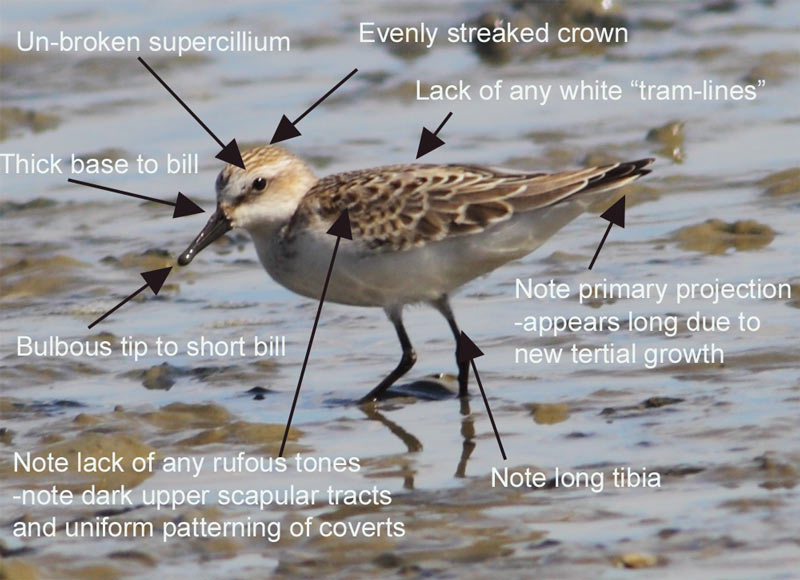
The key ID features, which became apparent to me after taking time to examine my photos in more detail.
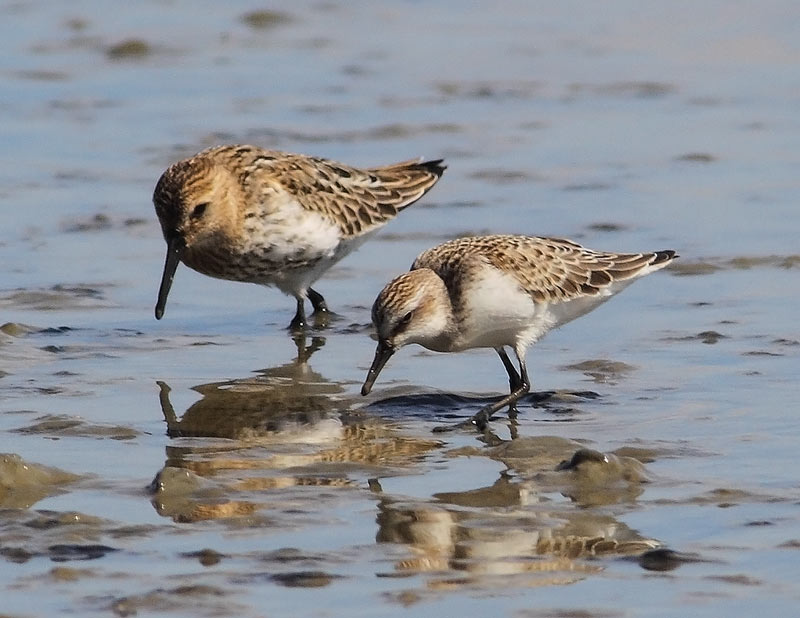
Note the size difference alongside Dunlin and note the long legged appearance. A palmation or web on the left foot can just be seen.
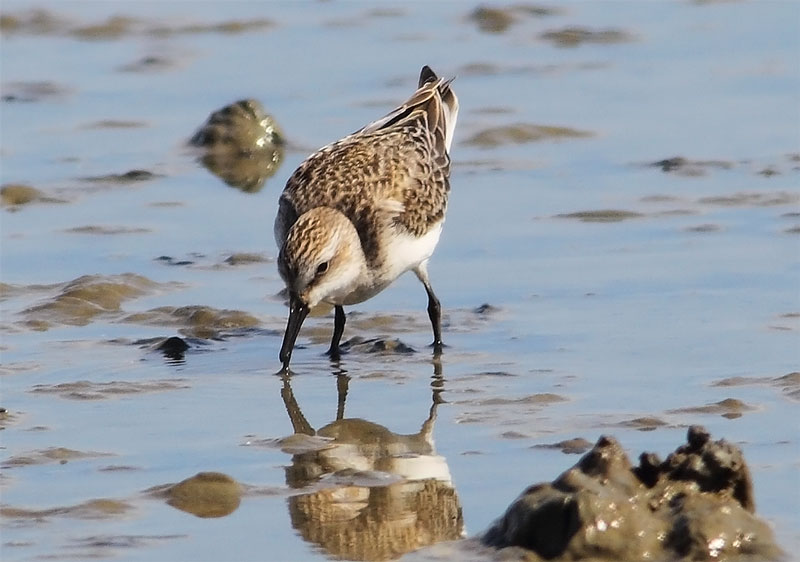
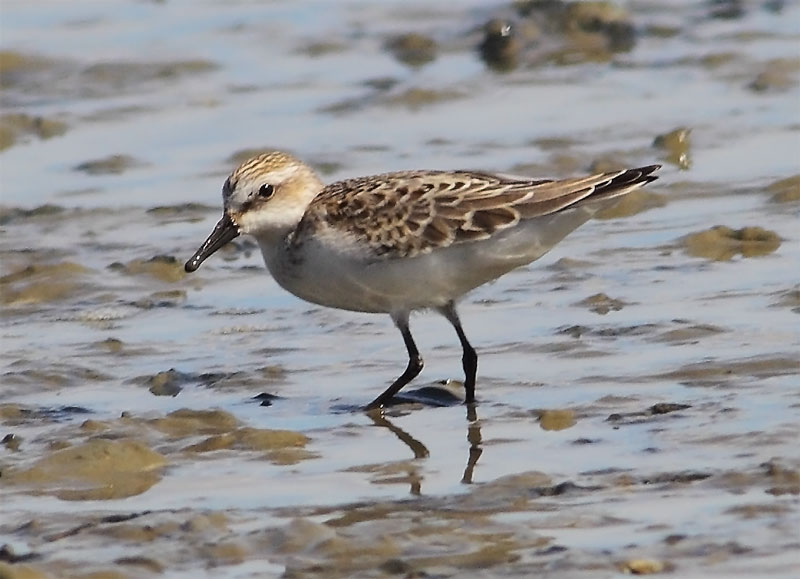
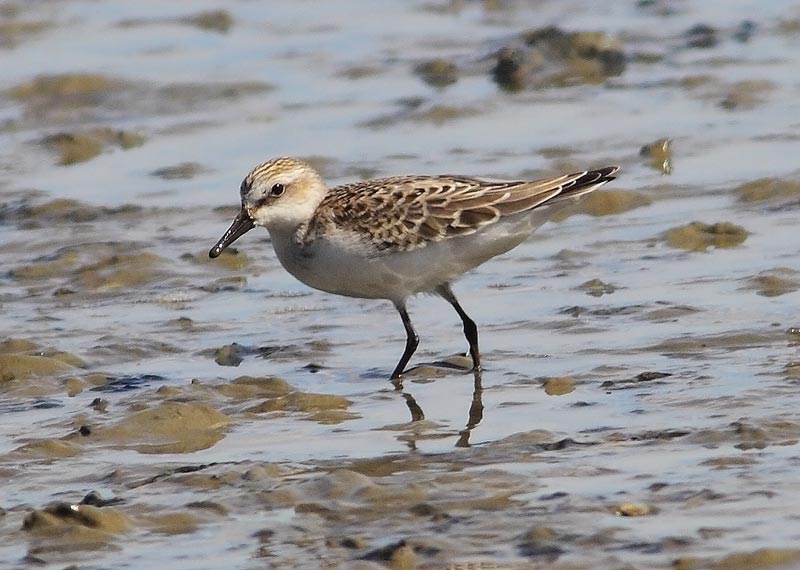
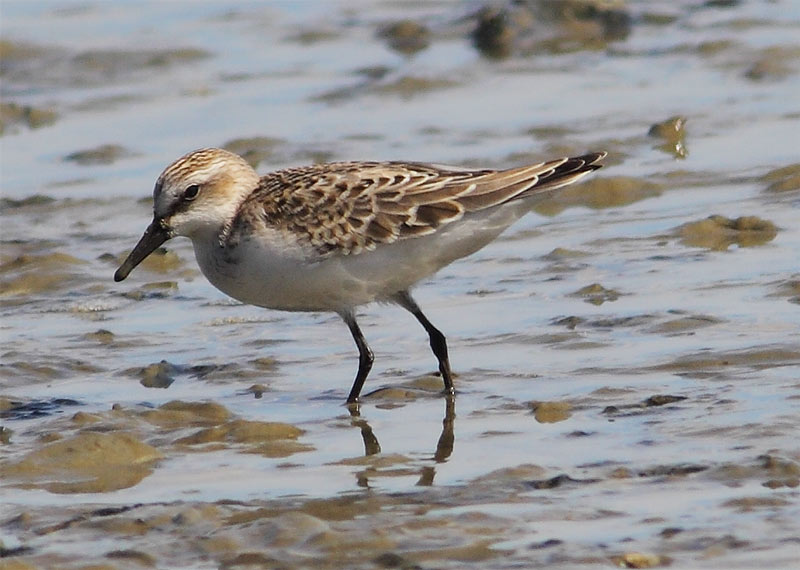
Above six studies of the Juvenile Semipalmated Sandpiper – Brownsea Island, Dorset – 2nd September 2013 – Tony Davison©
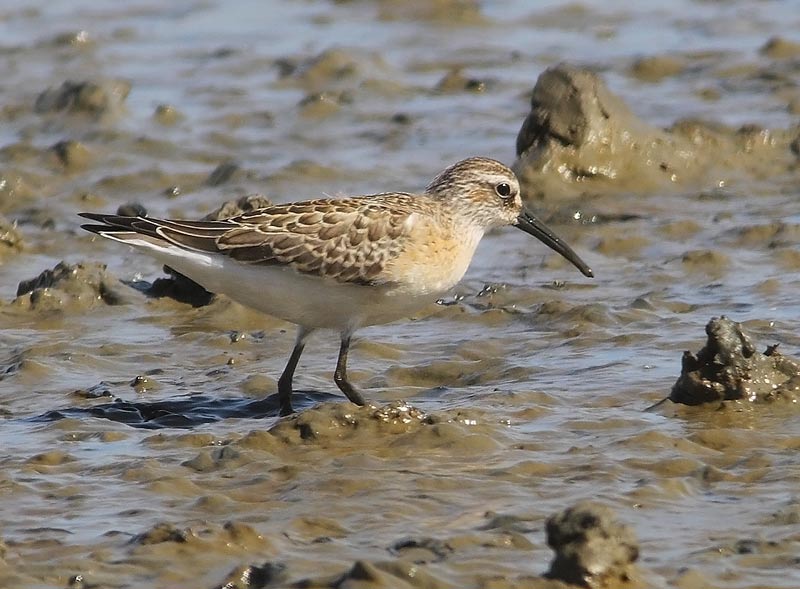
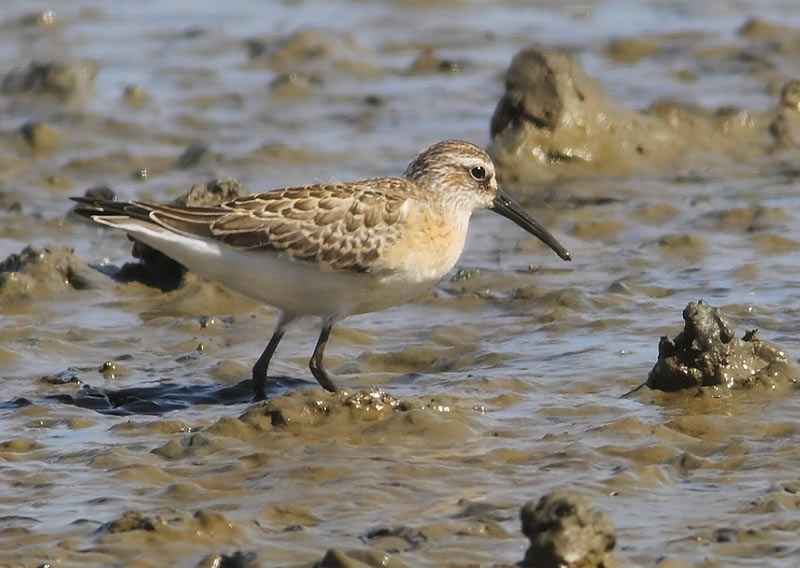
Above two images – Juvenile Curlew Sandpiper – Brownsea Island, Dorset – 2nd September 2013 – Tony Davison©
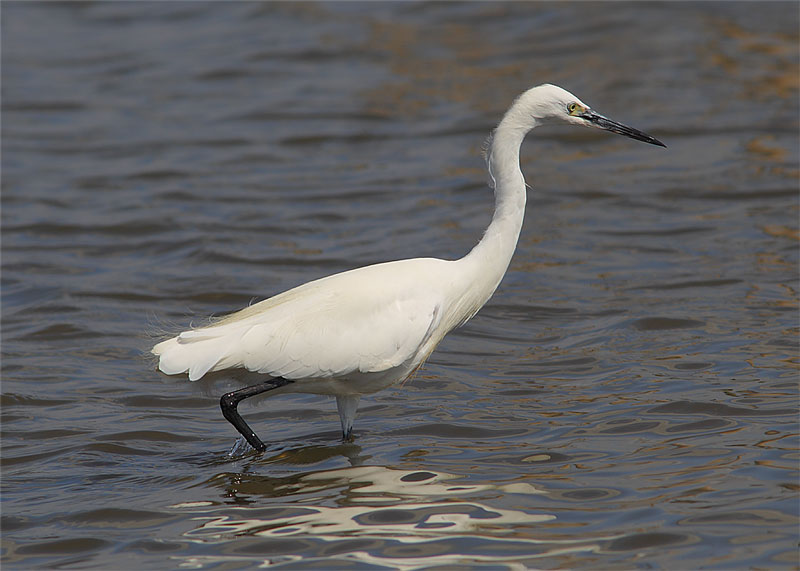
Little Egret – Brownsea Island – 2nd September 2013 – Tony Davison©
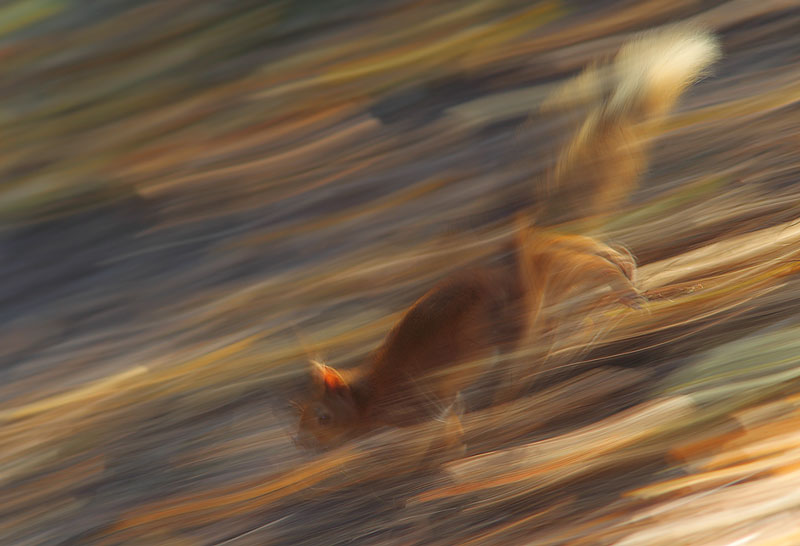
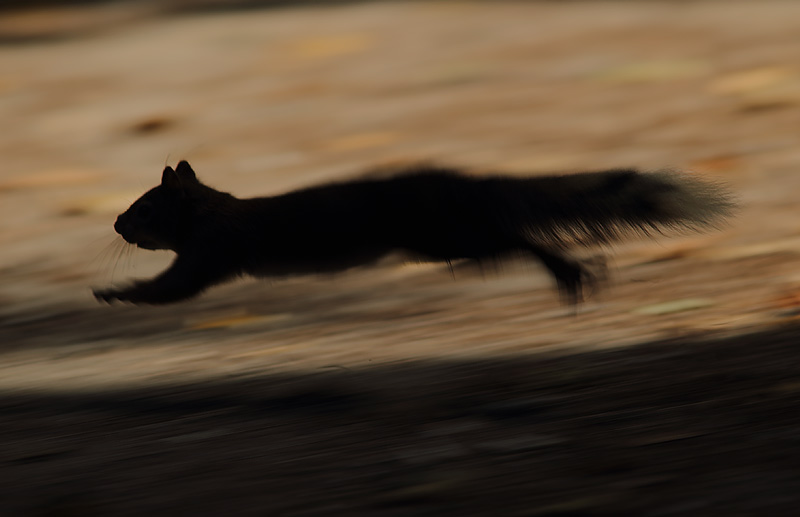
Red Squirrel – Brownsea Island – 2nd September 2013 – Tony Davison©
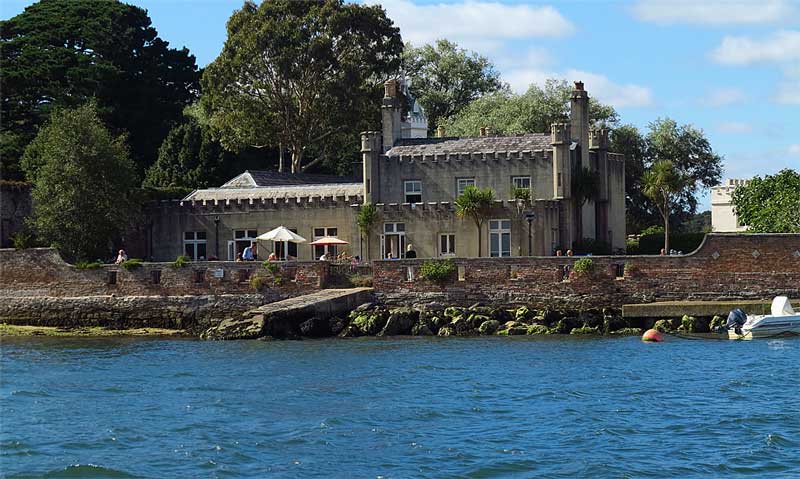
Brownsea Island – Helen Davison©
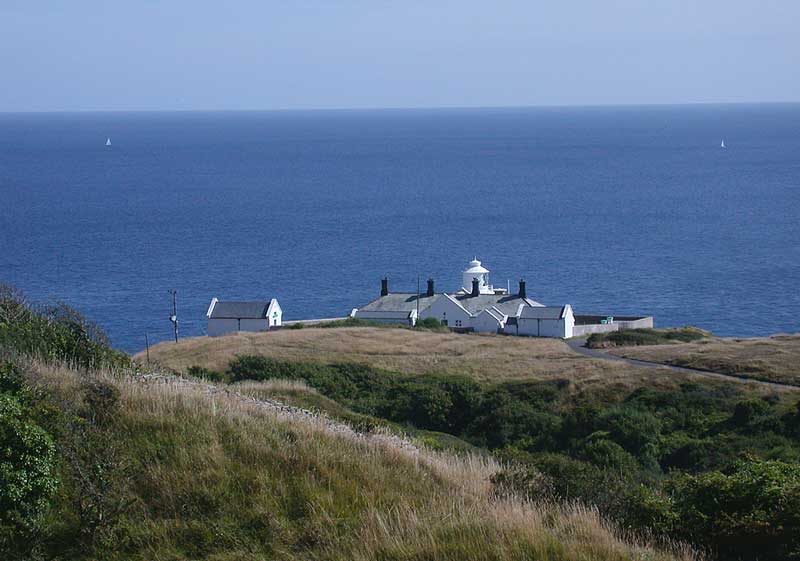
Durlston Head Lighthouse – Tony Davison©
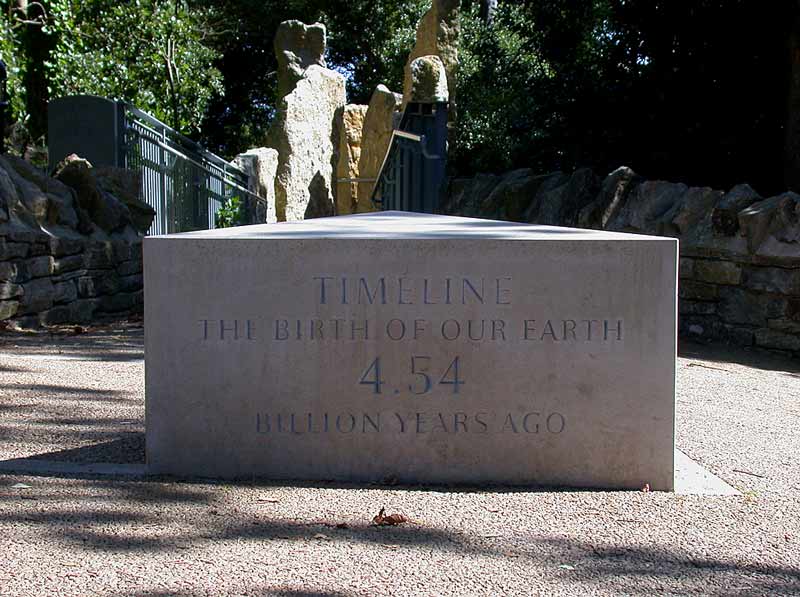
Durlston Time Zone – Tony Davison©
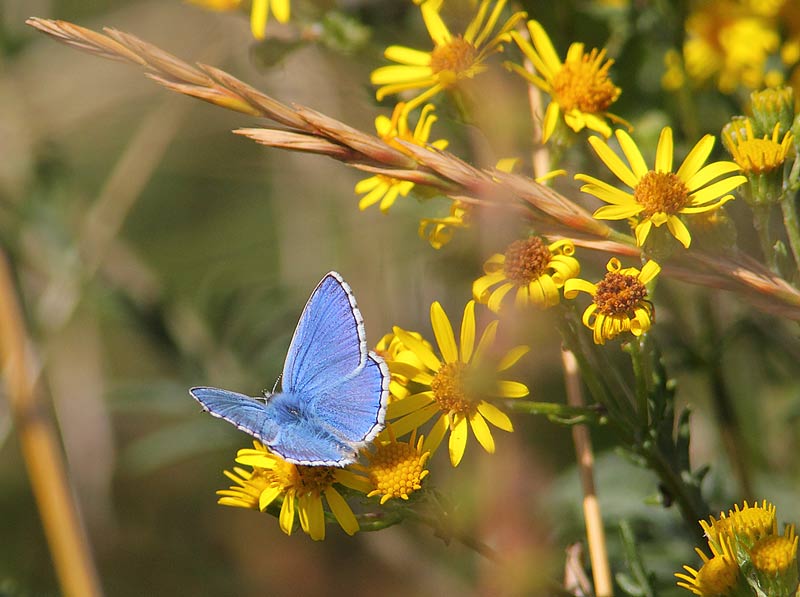
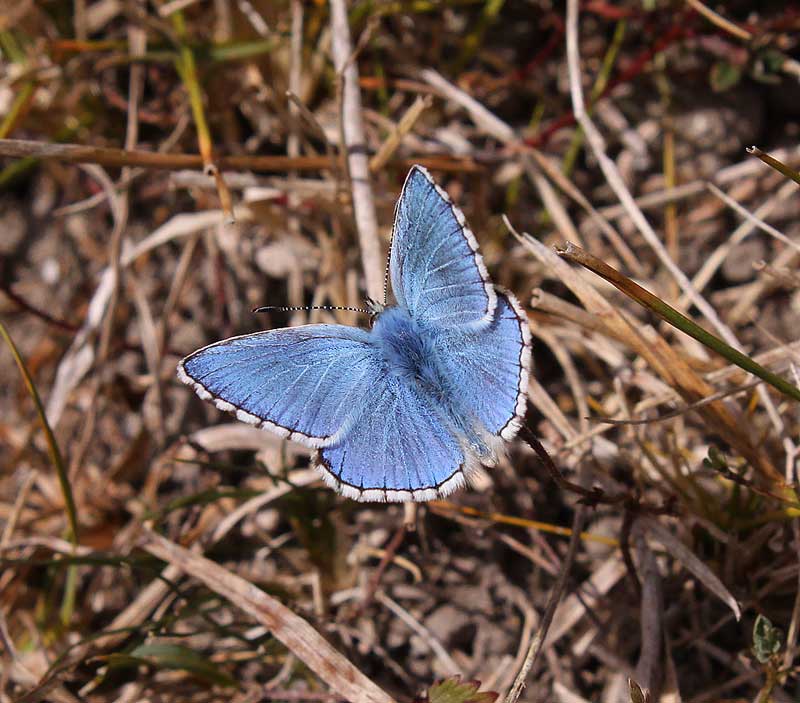
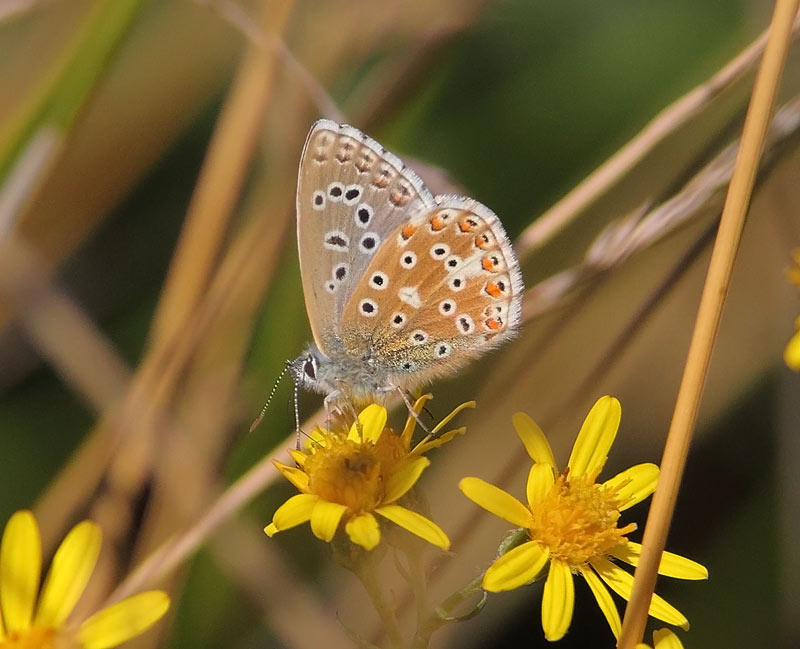
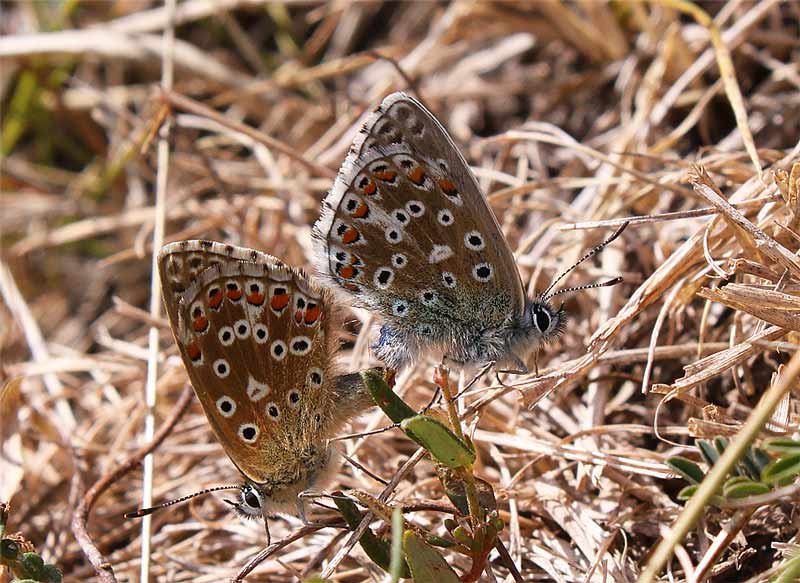
Above four images – Adonis Blue – Durlston Country Park – Tony Davison©
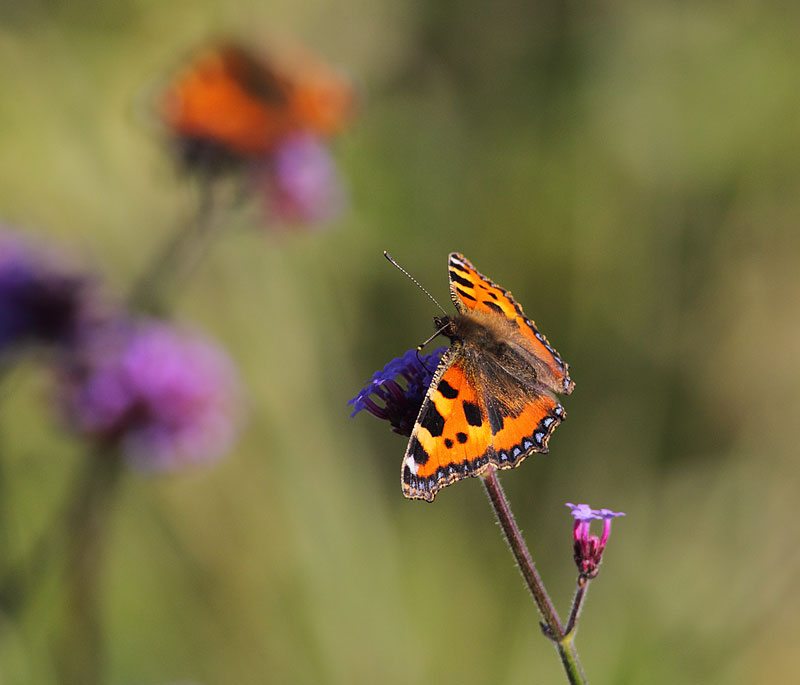
Small Tortoiseshell – Renscombe Farm – Tony Davison©
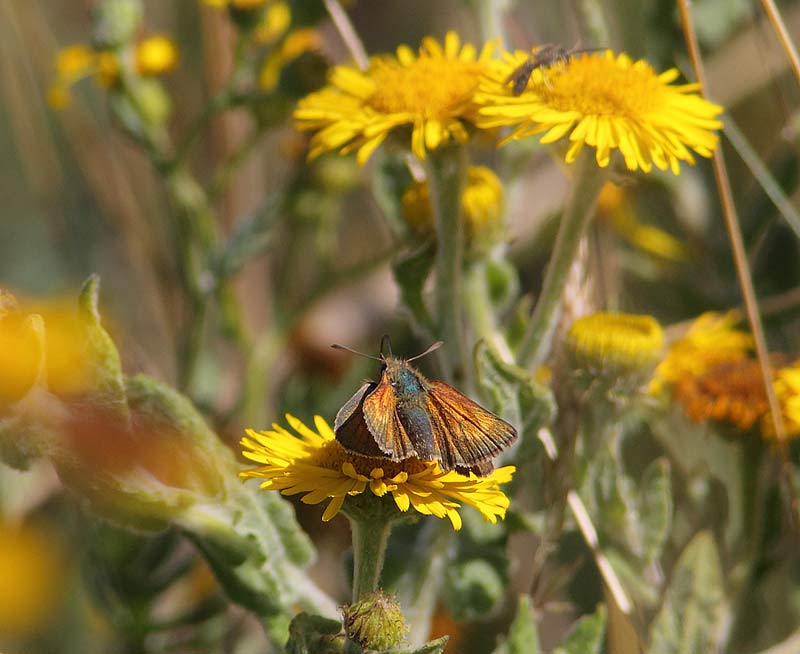
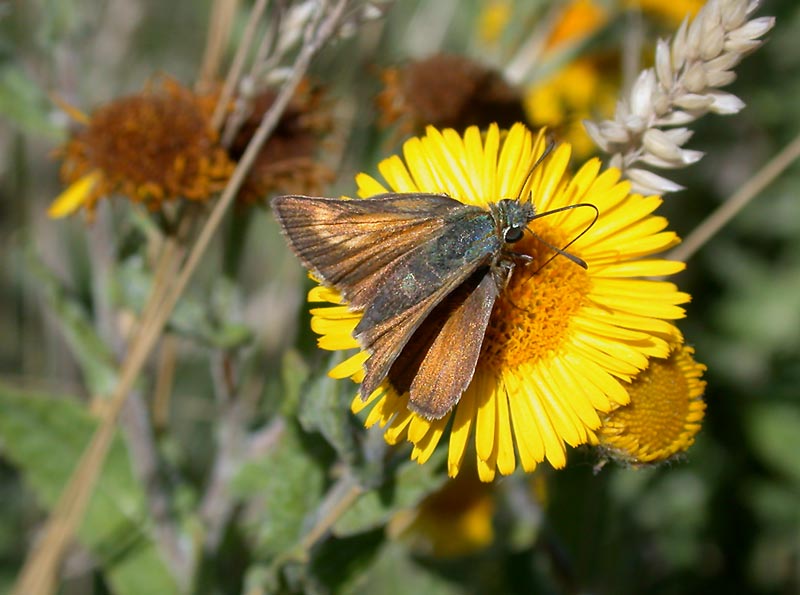
Above two images – Lulworth Skipper – Durlston Country Park – Tony Davison©
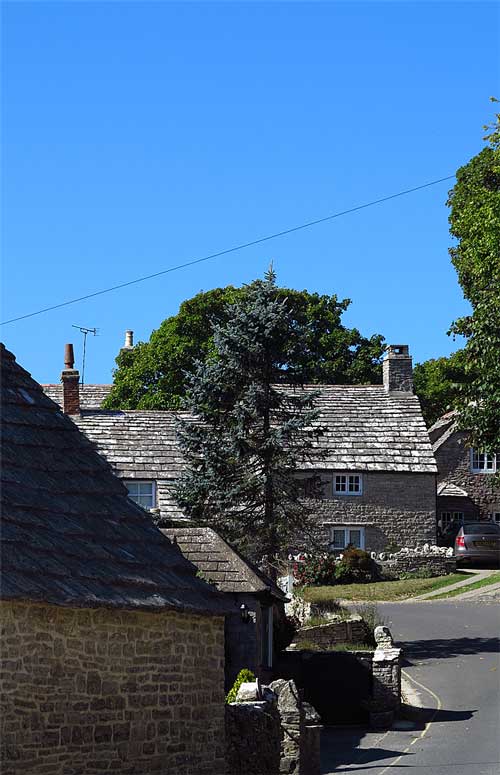
Worth Matravers, Dorset – Tony Davison©
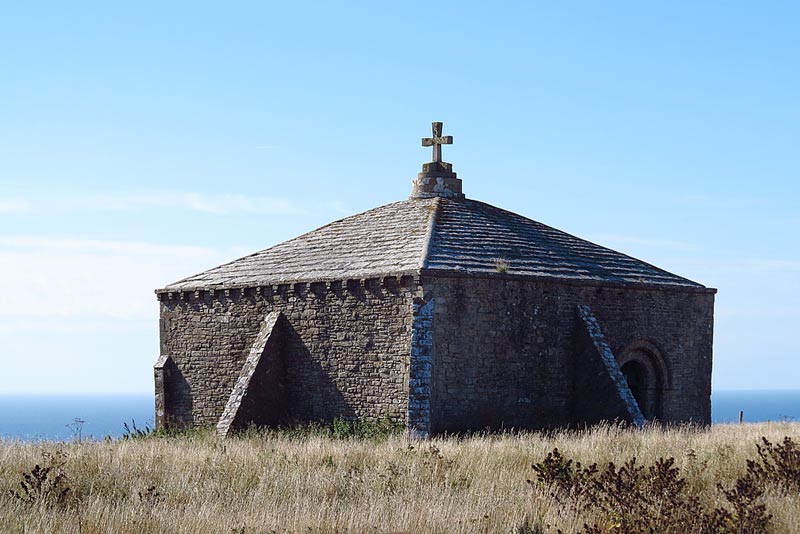
The Chapel at St. Aldhelm's Head – Tony Davison©
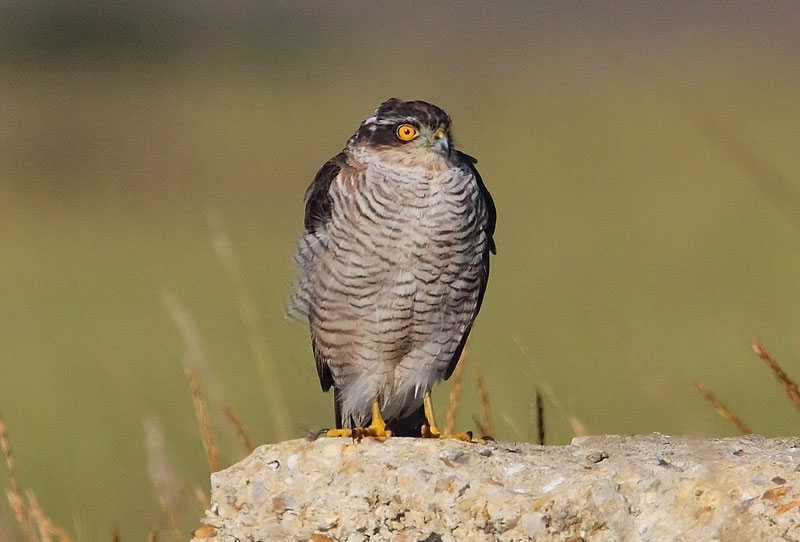
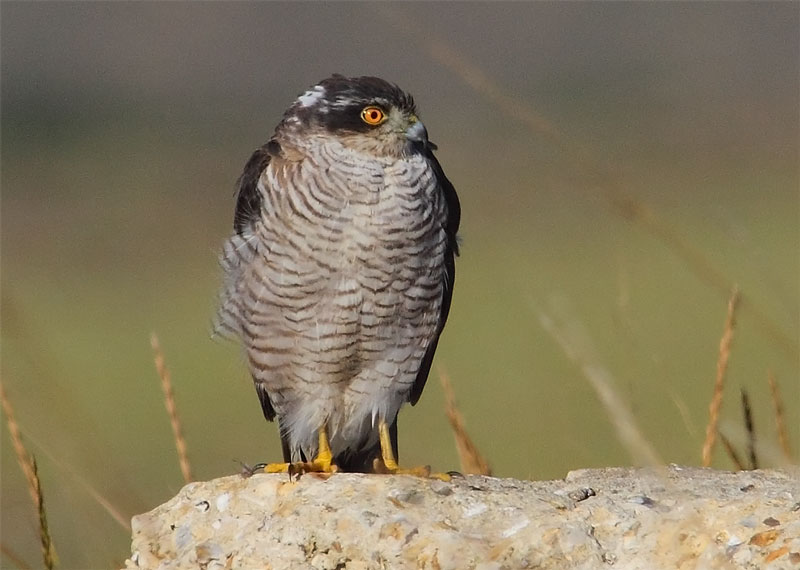
Above two images – Sparrowhawk – Renscombe Farm – Tony Davison©
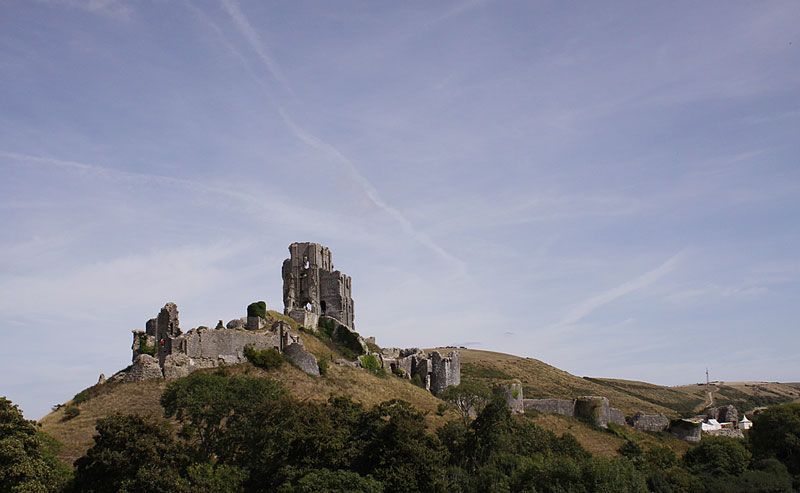
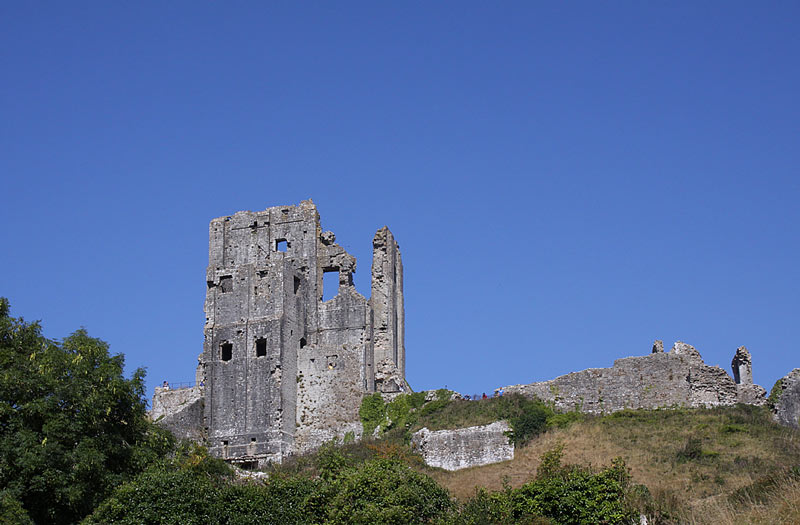
Above two images – Corfe Castle, Dorset – Tony Davison©
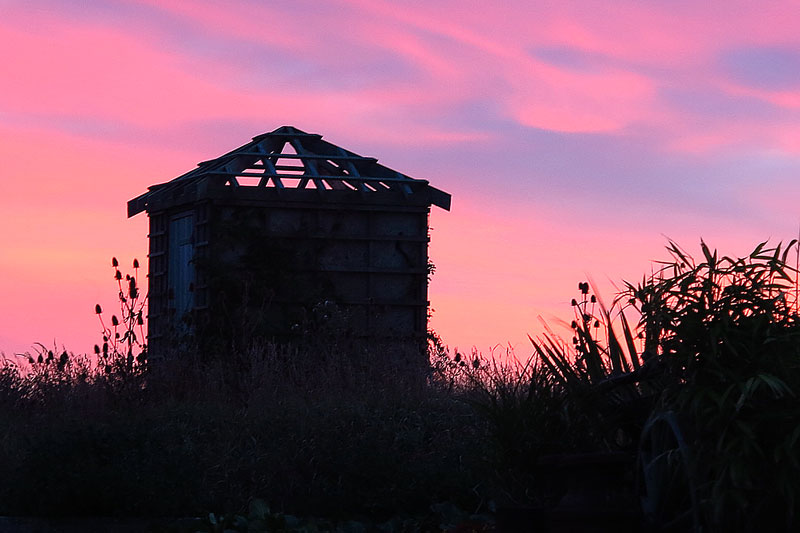
Sunset at Renscombe Farm, Worth Matravers, Dorset – Tony Davison©

Some great images.
Looks like you both had a good time.